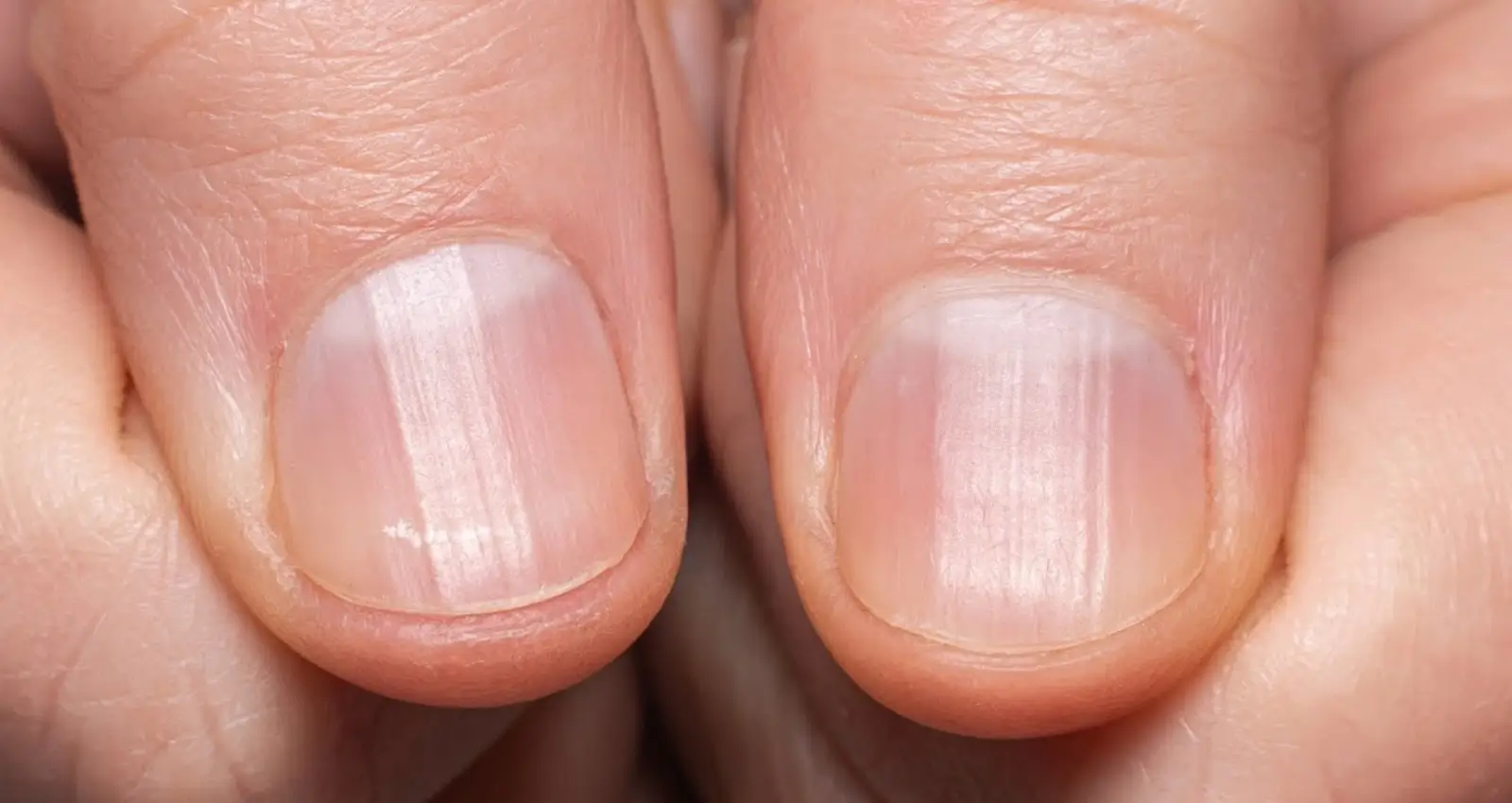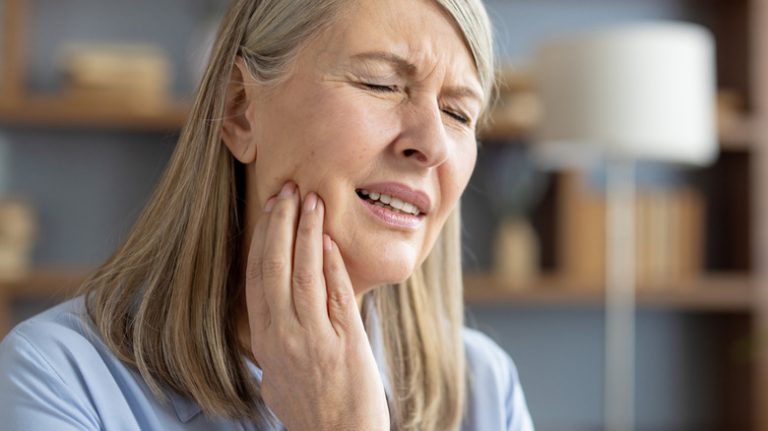If you’ve noticed grooves or indentations running horizontally across your fingernails or toenails, you might wonder why they’re there. These are called “Beau’s lines.”
Beau’s lines usually start at the nail’s base, near the cuticle, and progress towards the tip as the nail grows. Since they move at the same speed as the nail, you can potentially pinpoint when the line formed. Beau’s lines can appear on one or multiple nails, with varying depth and visibility.
While Beau’s lines aren’t harmful, they can signal an underlying health issue. Understanding their causes is crucial to identifying any potential problems that need addressing.
What causes Beau’s lines?
Beau’s lines typically occur due to extreme stress affecting your body or an injury to the nail matrix, the tissue at the nail’s base where new cells originate. Such events can slow or stop nail growth temporarily, forming a visible depression or groove. This disruption generally affects all nails growing during the disturbance period.
According to a 2022 article in Annals of Medicine, Beau’s lines indicate a significant systemic event, causing the body to redirect resources away from normal nail growth. However, they don’t appear immediately; it takes weeks for the nails to grow enough for the affected area to become visible.
The groove’s depth and width can hint at the disruption’s severity and duration. In some cases, the interruption might be mild and barely visible, while in others, the line might be deeply etched across the nail plate’s width.
What can Beau’s lines tell you about your health?
As we age, our nails change, possibly leading to Beau’s lines. However, they often stem from severe illnesses, trauma, nutritional deficiencies, or certain medications. Causes may include serious systemic diseases like uncontrolled diabetes, kidney disease, autoimmune conditions like lupus and psoriasis, and severe infections like pneumonia, typhoid fever, or scarlet fever. Physical trauma to the nail bed from injury, burns, or repetitive damage can also cause Beau’s lines. Chemotherapy drugs are another notable cause, as they affect the rapidly dividing cells responsible for nail growth. Nutritional deficiencies, especially in zinc, iron, and biotin, have been linked to these nail abnormalities. Beau’s lines may also associate with chronic conditions like hypothyroidism, heart disease, and gastrointestinal disorders that impair nutrient absorption. They can appear following major physiological stress, including heart attacks.
If you can’t identify a clear cause for your Beau’s lines, like a nail injury or past illness, they might suggest an underlying medical condition needing evaluation and treatment. Recognizing Beau’s lines as a possible clinical marker can aid in early systemic health issue detection and guide timely medical intervention.
How are Beau’s lines diagnosed?
While you might identify the likely cause of your Beau’s lines independently, consulting a doctor can help rule out health conditions or medications stressing your body.
Your doctor will examine your nails for Beau’s lines’ distinctive appearance. They might measure the distance between your cuticle and Beau’s lines to determine when the triggering event occurred. They’ll also inquire about your medical history to identify potential causes within that timeframe, like infections. Blood or urine samples may be taken to screen for health conditions potentially causing your nail symptoms.
How are Beau’s lines treated?
If a health issue is present, consulting your physician for treatment is crucial. The good news is Beau’s lines themselves are not harmful and will eventually disappear as your nails grow. Patience is key.
According to Healthline, fingernails and toenails grow at different rates, so the time it takes for Beau’s lines or any damage to grow out can vary. Fingernails grow about 3.5 millimeters per month on average, meaning it can take roughly 4 to 6 months for a fingernail to grow out completely. Toenails, however, grow much slower — about 1.6 millimeters per month — so it may take 12 to 18 months to fully replace a toenail. Factors like age, overall health, and circulation can affect nail growth speed, causing these timeframes to differ slightly between individuals.
If their appearance bothers you in the meantime, you can cosmetically improve your nails using a nail ridge filler and polish. Just ensure that no products used further damage or weaken your nails.
When to see a doctor about Beau’s lines
Your nails can reveal many secrets about your health, so if you spot Beau’s lines and can’t pinpoint their cause, seeking professional advice from a healthcare provider is advisable.
If you have chronic conditions like diabetes or peripheral artery disease, consulting your doctor about unusual nail changes is essential. It’s also wise to see a doctor if nail lines accompany symptoms of medical conditions commonly linked to Beau’s lines.
Generally, it’s unnecessary to consult a doctor if trauma causes your Beau’s lines. However, extensive damage to your nail warrants an exception. Nail ridges due to aging are also harmless and don’t need treatment.




